
Full-Time Program
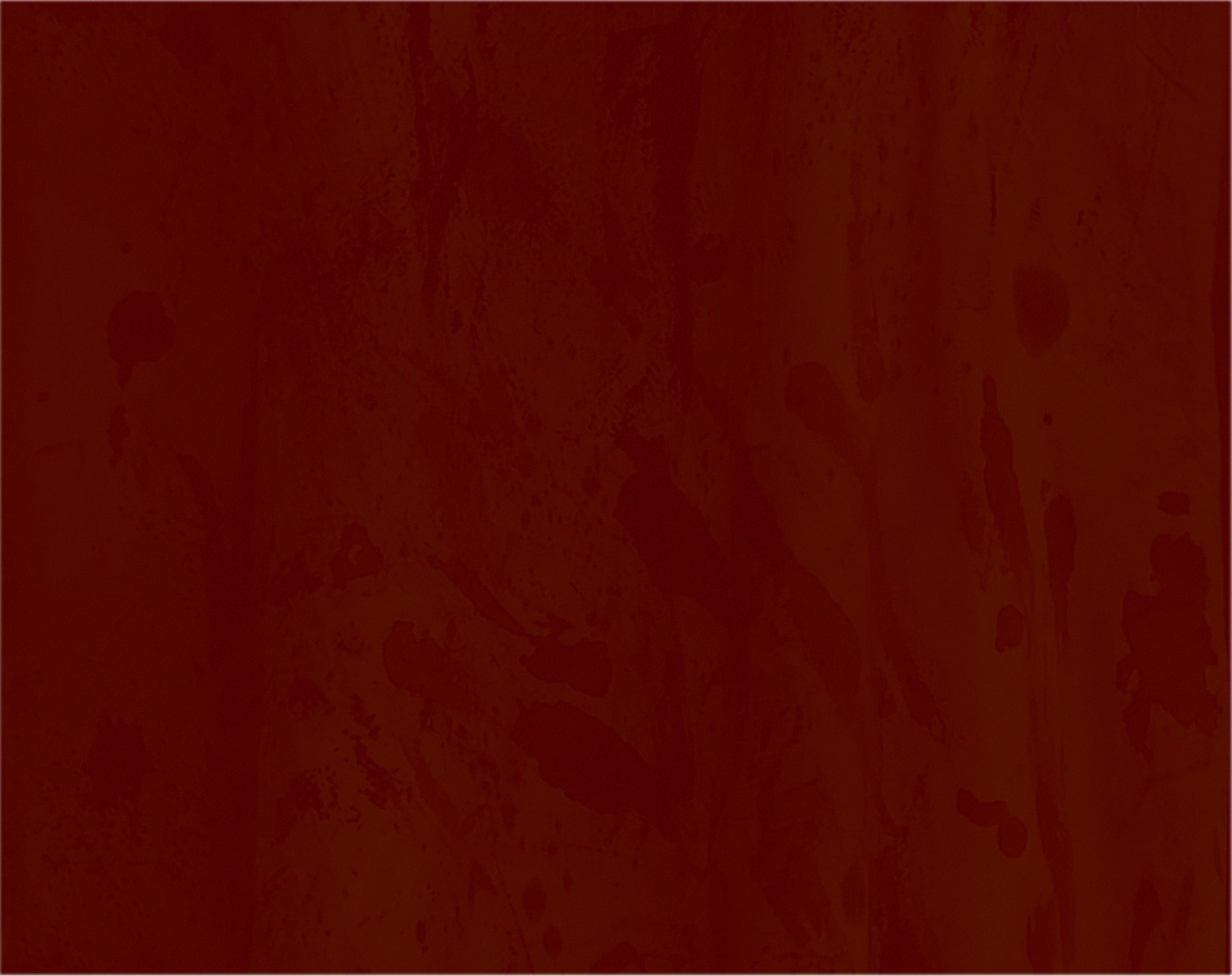
“The air is our canvas, the breath our brush, the sounds of language our colors through which we ‘paint’ our ‘speech pictures.’”
Our four-year curriculum offers an inspiring journey through the multilayered elements of artistic speech.
Through extensive study and practice of Creative Speech (Speech Formation), we strive to enliven and deepen our relationship with the spoken word, becoming conscious of how the human voice can become a flexible instrument of the Word’s creative power.
We explore the spark, radiance, and qualities that live in the sounds of speech and in the movements and rhythms of language. This transformative work is rooted in Rudolf & Marie Steiner’s insightful guidance of teachers, actors, and public speakers. Over the last century, their trailblazing work has been an inspiration in education, therapeutic modalities, and artistic performance.
Scroll down to learn more about our four year curriculum.
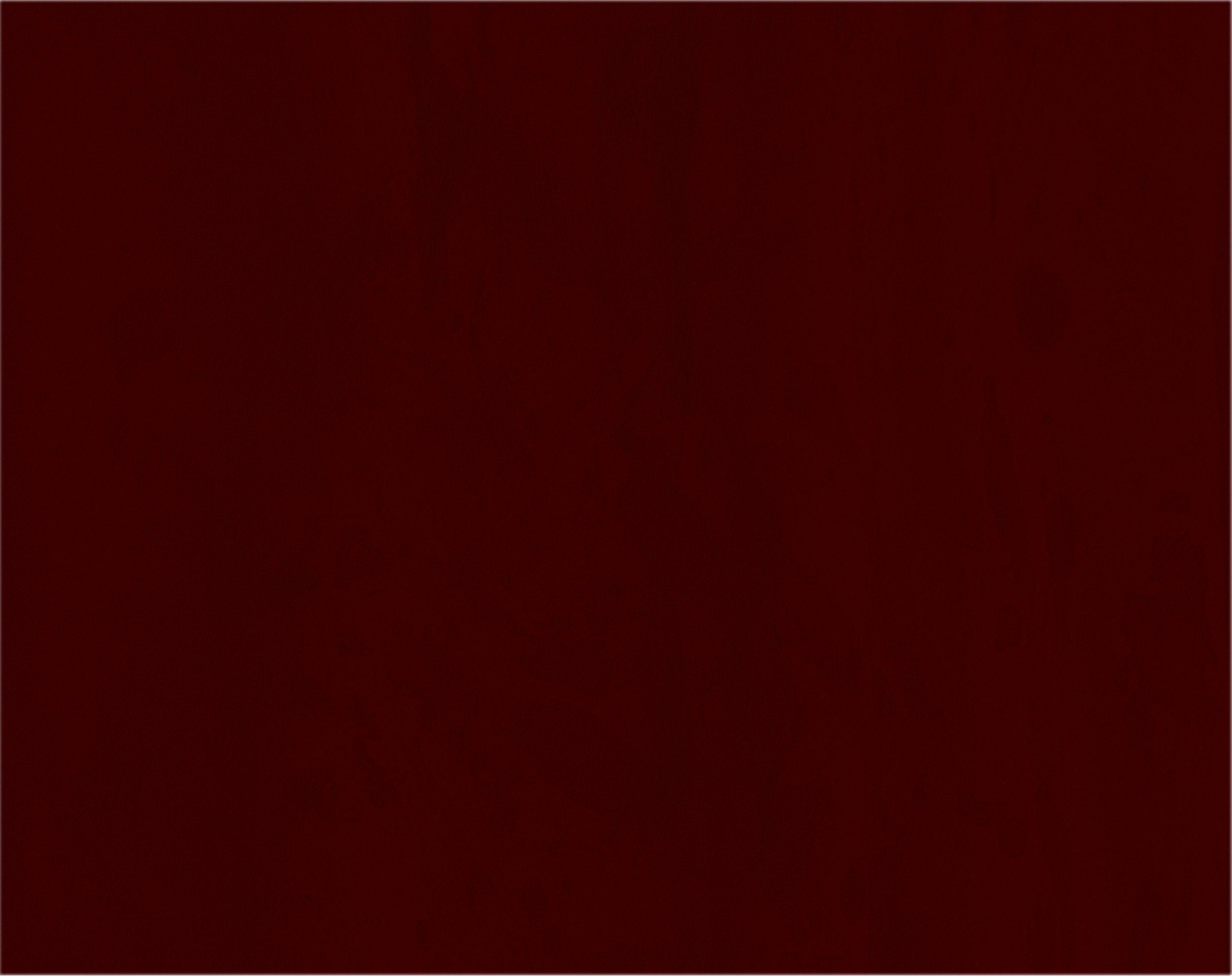
Year One
Recitation. Epic Poetry: the speaking human being re-creates the outer world.
Second Term: We focus on the contrasting poetic forms of dactylic hexameter and alliteration, and continue to enlarge our repertoire of exercises. This lays the basis for exploring the dual foundation of English literature.
Third Term: We work on a long epic story poem to strengthen the capacity to create vivid pictures through the richly sculpted spoken word.
First Term: Our work begins with becoming acquainted with the fundamentals of artistic speech. With the help of myriad proven speech exercises, we slowly become aware of our speech instrument, our breath within speech, the sounds of language, and the main rhythms used in English poetry. We apply this expanded awareness to the speaking of verses and poems.
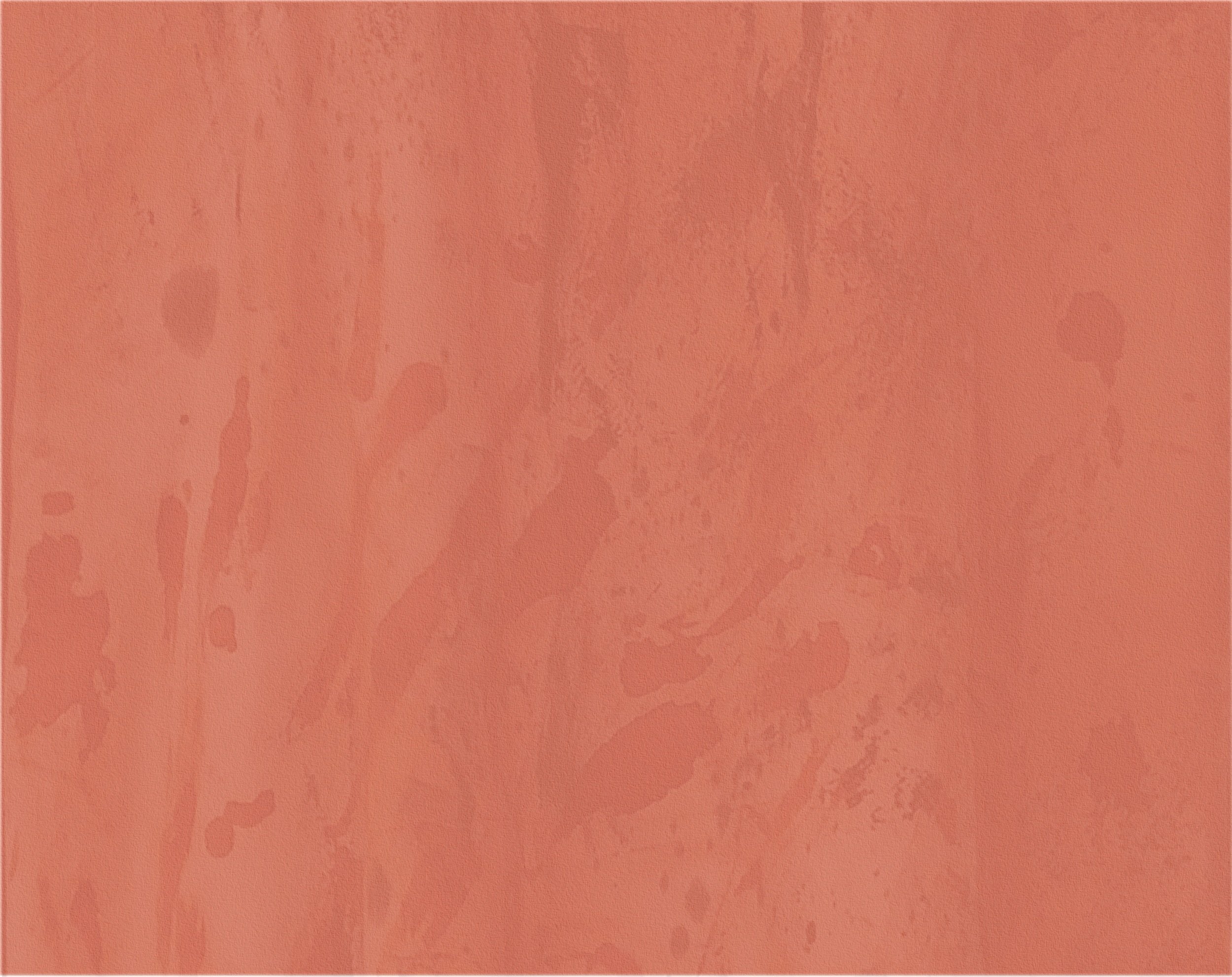
Year Two
Conversation. Dramatic Speech: one human being in direct relationship to another.
First Term: We transition from epic to dramatic speech through ballads and prose. This demands that the speaker practice being both the epic storyteller and the individual characters.
Second Term: Our first dramatic activity is working on a spirit drama, including characters who are not embodied. Then, starting with longer speeches and soliloquies, we allow ourselves to get inside the skin of a single character, giving them voice. Shakespeare proves a wonderful avenue for exercising this capacity.
Third Term: Scene work is begun, as we practice playing across from one another.
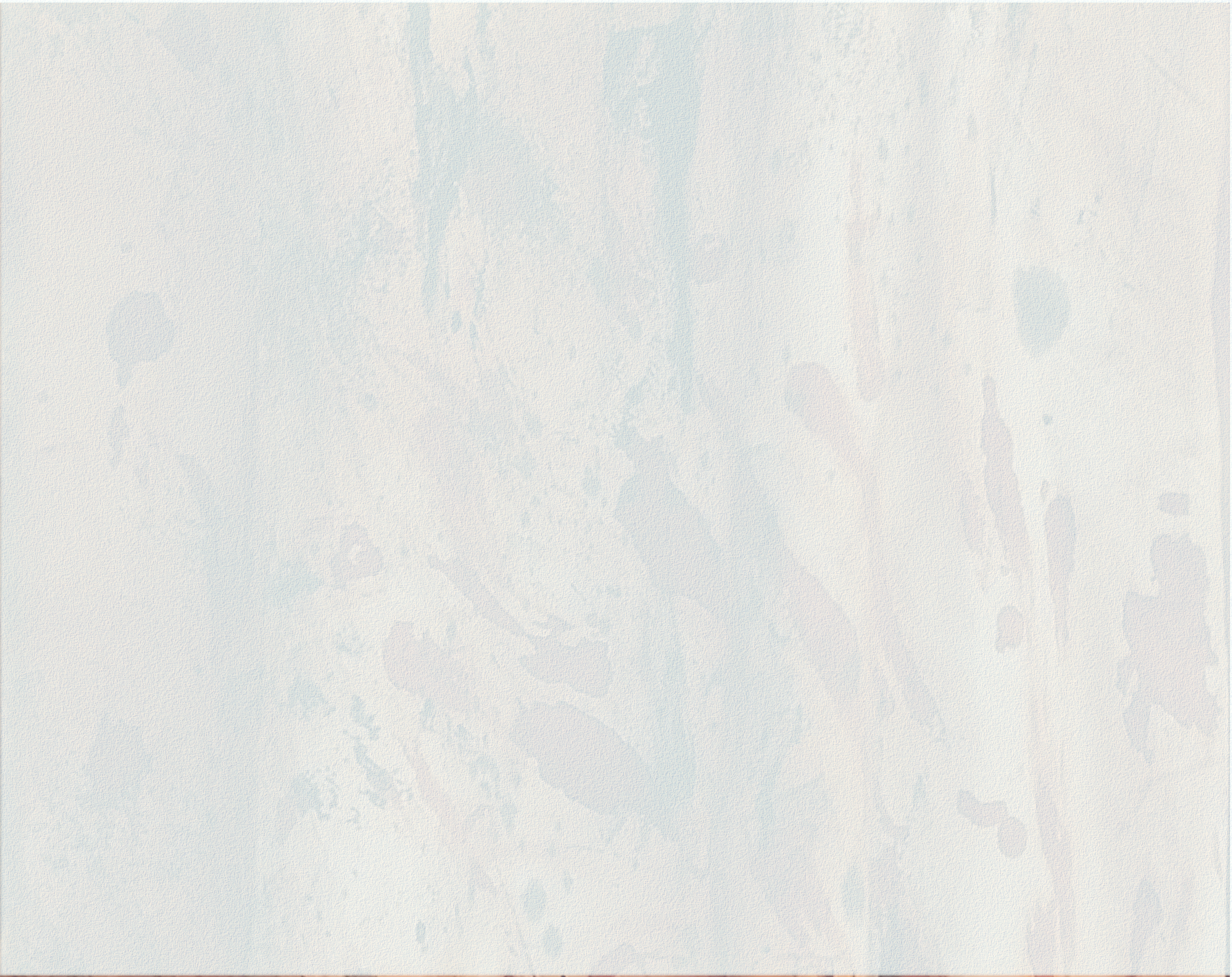
Year Three
Declamation. Lyric Poetry: The formed expression of individual, intimate soul experiences.
First Term: The Romantic poets, in their abundant capacity for imagination, have given us many absorbing poems to ‘taste’ their experiences of the natural world. With their colorful images, consistent meters, and rhymes, their poetry provides abundant, colorful nature imagery, often as metaphors for the tender and fierce content of our souls. This demands a delicate and objectified soul-warmth in our speech. Toward the end of this semester, we take up the exquisite form of the sonnet.
Second Term: In this semester, we move to modern poetry, so often free of classical rhythm and rhyme. The bold emotional and intellectual experiences portrayed in this poetry are often as alive between the words and lines as in the actual words themselves, stretching the speaker’s capacity of concentration, of holding an imagination through active silence.
Third Term: As we bring the explorations of the year to a close, we work on giving voice to verses imbued with spiritual content. This is a most refined style of lyric, in which the poet takes spiritual realities not usually present to waking consciousness, and clothes them in words. The speech artist then endeavors to further lift them into sound.
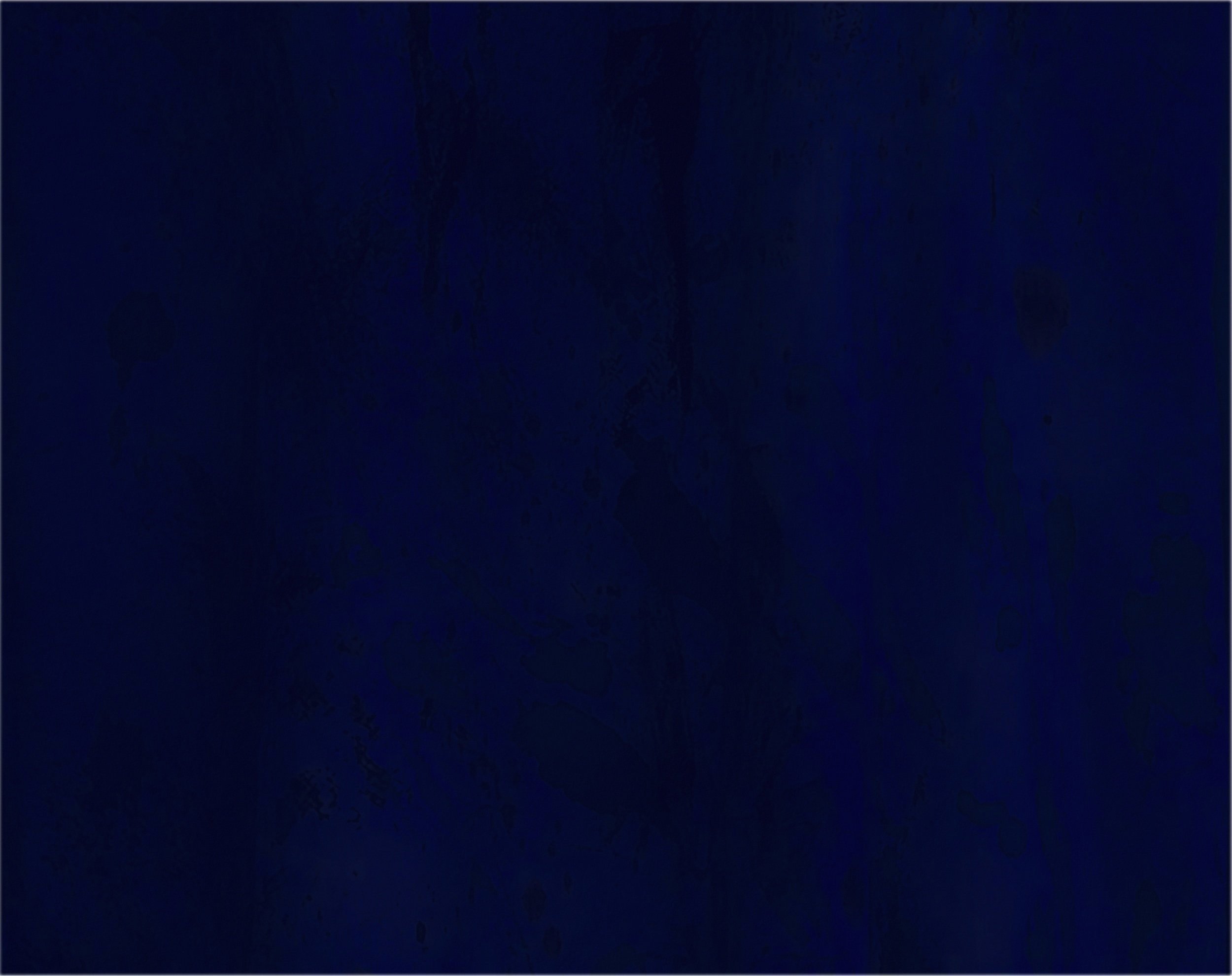
Year Four
In this year, all the elements that have been practiced throughout the training are refreshed and synthesized into a final graduation performance. Students are granted a diploma when the faculty perceives that they are able to independently hear themselves and have learned to both self-correct and self-create in this art form.
The Culmination.
Throughout the training, the Speech work is accompanied by Greek Gymnastics, Eurythmy, and the studies of Literature, Rudolf Steiner’s Mystery Dramas, and Anthroposophy.





